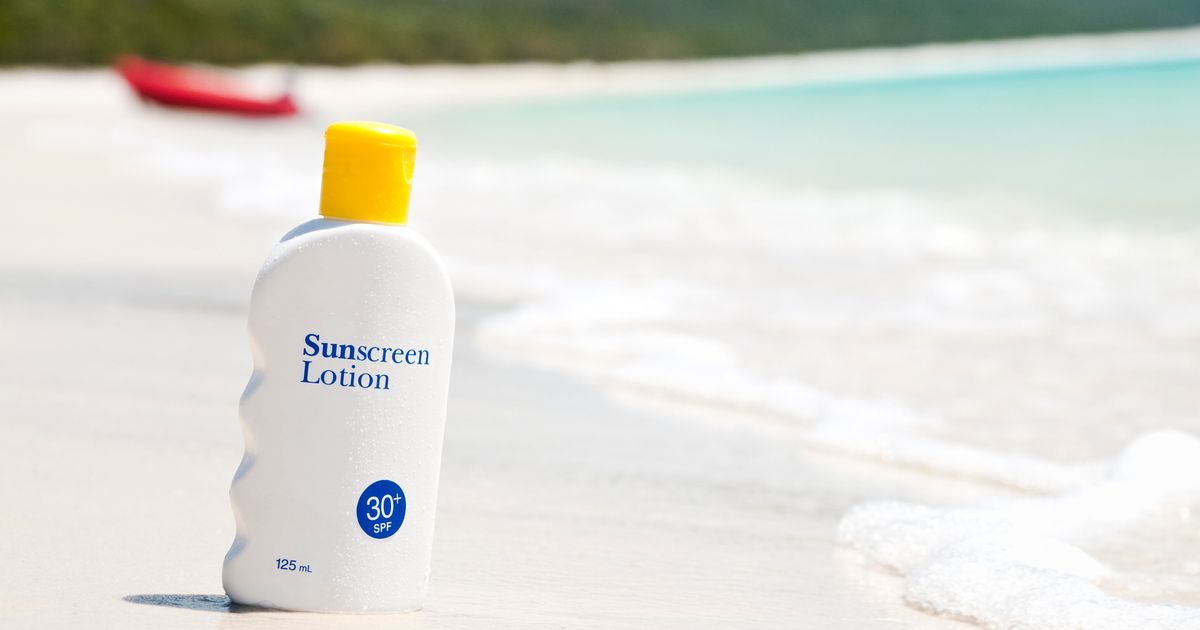Centella Green Level Unscented Sun, a popular sunscreen from the Korean brand Purito, gained fame in 2020 for its lightweight formula and high SPF rating. However, controversy arose when independent lab tests revealed that the sunscreen had a lower SPF than advertised. Purito withdrew the product from the market and released a new formulation, but this incident raised doubts among consumers about the reliability of SPF values in sunscreens. Similar instances have occurred globally, where consumer advocacy groups have found sunscreens to have lower SPF levels than claimed by companies.
In a recent test conducted by Consumer Reports, only three out of 71 sunscreens were found to have accurate SPF ratings. Despite being advertised as SPF 30 or higher, only 21% of the tested sunscreens exceeded SPF 30, the recommended level by dermatologists. Furthermore, 40% of the tested sunscreens had an SPF below 15.
Why do sunscreens sometimes have lower SPF than advertised? The formulation and testing of sunscreens present various challenges. While companies strive to create high-SPF products due to consumer demand, it is not as simple as adding more UV filters. Sunscreen ingredients are subject to additional safety requirements, and the allowed percentages of these ingredients have safety buffers to protect consumers.
Accurate testing for SPF is also complex. SPF is determined by measuring how much longer skin can be exposed to the sun without getting burned compared to unprotected skin. In vivo testing using human volunteers is the most effective method, with 10 to 25 subjects typically used. However, testing bias can influence results, and there can also be variations in testing methods between different labs.
Instances of laboratories fabricating results have occurred, further complicating the reliability of SPF ratings. Additionally, differences in testing methods can account for variations between company and consumer advocacy group results. Transportation and storage conditions can degrade certain chemical sunscreen filters, affecting their efficacy.
To ensure you are using a sunscreen with an accurate SPF, it is recommended to consider information from both consumer advocacy groups and skincare companies. Companies that share lab findings to support their claims are more trustworthy. Consumers should also check if a sunscreen has been tested by an International Consumer Research and Testing (ICRT) entity and buy from authorized retailers to ensure product quality.
Using a sunscreen with a lower SPF than expected does not render it completely ineffective. While dermatologists recommend SPF 30 or higher, using a sunscreen with at least SPF 15 still provides protection against skin cancer and premature aging. The increase in UVB ray blocking is incremental as SPF rises, so an SPF 30 sunscreen blocks 96.7% of UVB rays compared to the 93.3% blocked by SPF 15.
In conclusion, the reliability of SPF values in sunscreens can be questionable, and various factors contribute to discrepancies between advertised and tested SPF levels. Consumers should do their research, consider reliable sources, and purchase from reputable retailers to ensure they are using an effective sunscreen.
Denial of responsibility! VigourTimes is an automatic aggregator of Global media. In each content, the hyperlink to the primary source is specified. All trademarks belong to their rightful owners, and all materials to their authors. For any complaint, please reach us at – [email protected]. We will take necessary action within 24 hours.


